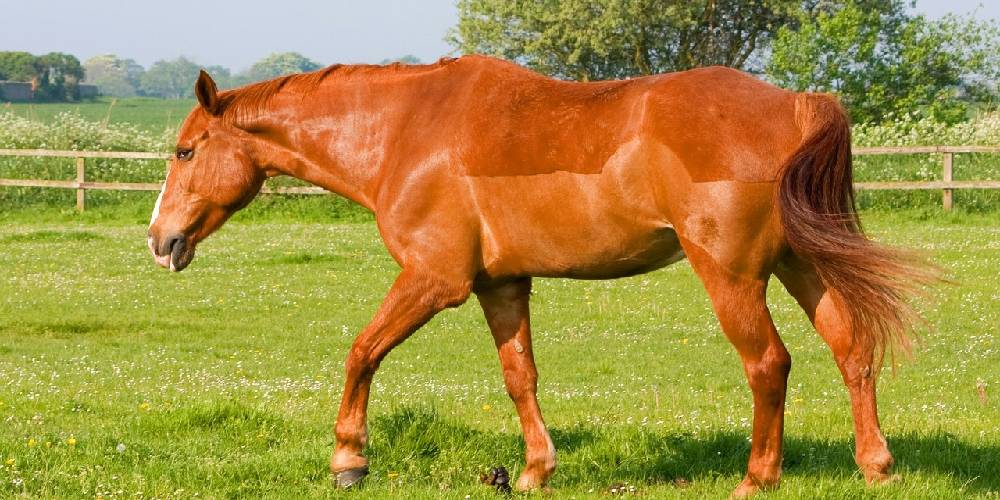The walk is the slowest gait that a horse is able to perform. This gait is one of the most easily recognized gaits as most likely most of the times that you see horses moving it will be at the walk. Like the gallop, the walk is a gait that has four beats meaning that the horse’s hooves hit the ground all at different times.
What Is The Walk?
The walk, in horses, is the slowest of the four natural gaits that a horse can perform. The walk is a gait that consists of four beats which means that the horse’s hooves hit the ground individually at different times. At the walk, the horse is moving slowly. The walk is the most common gait for a horse to perform as it is the least tiring and it uses the least amount of energy.
How Can You Tell When A Horse Is Walking?
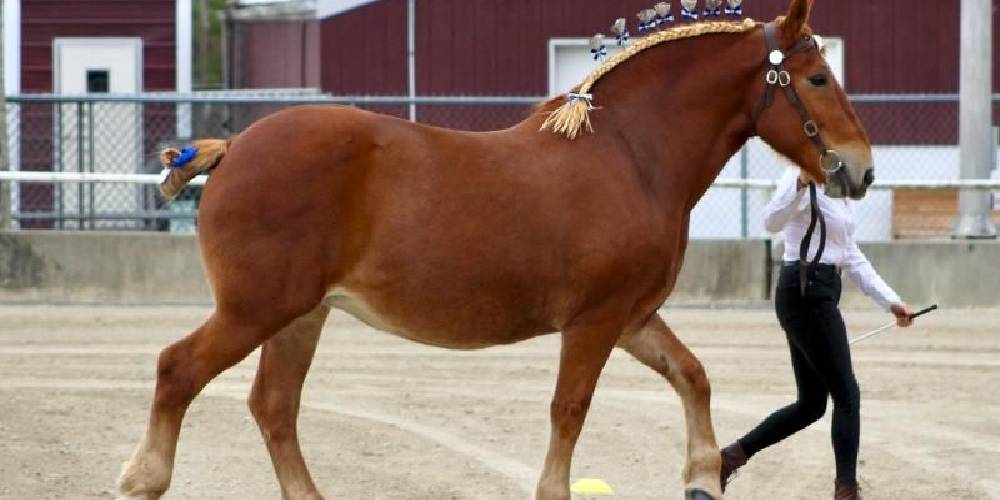
It is actually pretty easy to tell when a horse is walking or when they are going faster. A horse who is walking will:
Bob Their Head
At the walk, you might notice that a horse will walk with their head bobbing gently with their movement. This bobbing of the head is not the same as limping! Instead, think of this bobbing of the head as something similar to us humans swinging our arms rhythmically by our sides as we walk.
Hold Their Head Lower
A horse who is just walking around in a relaxed way may carry their head lower than they would if they were moving faster. This is likely because the horse is moving slowly and has a relaxed state of mind so being in high alert or holding themselves higher isn’t necessary.
Move Slowly
The walk, like the human walk, is a slow gait with the average speed only being about 4 miles per hour (6 to 7 kilometers per hour). Horses who are walking move pretty slowly, some will even walk slowly enough to where they drag their feet on the ground with each step (my old Arabian, Cross Fiire, was definitely guilty of this)!
Appear Relaxed
When a horse is walking, in most cases the walk is a relaxed gait. Some horses will be worked up in the walk, especially when they are fresh, but in most cases the walk is done when a horse is relaxed.
The horse will not only hold their head a little lower than normal, but they may even relax their ears to the side and gently bob their head.
Have Three Feet On The Ground At All Times
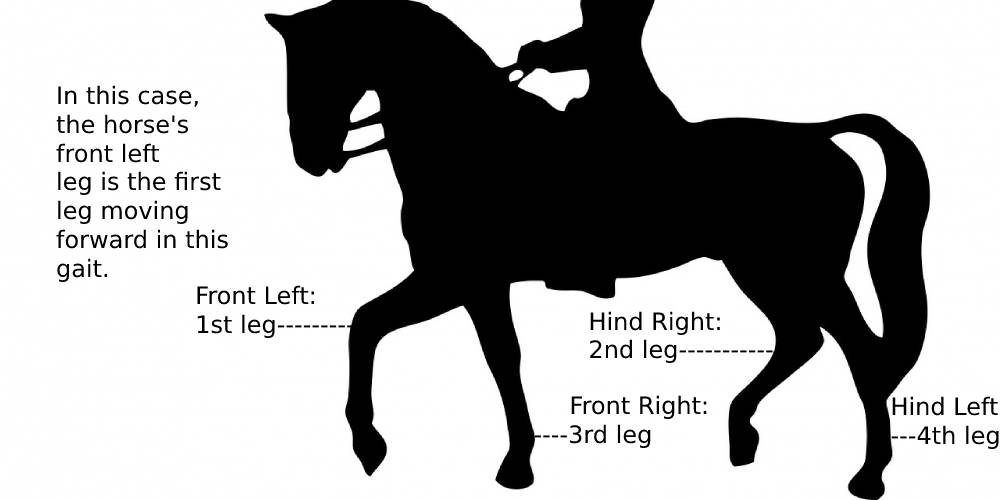
When a horse is walking, it has three feet on the ground at all times. As you can see in the picture above, the horse has just one leg off of the ground at a time. You can see that the horse’s hind right leg is starting to come up off of the ground while the front left leg is starting to be set back to the earth. This is how the horse will walk every single time. Front left, hind right, front right, hind left, and repeat!
Have Four Beats To Their Gait
The horse will ALWAYS have four beats to their gait when they are walking. If you are counting any less and the horse is moving too quickly then that horse is likely moving faster and could potentially be trotting or cantering.
How Fast Is The Walk?
The walk is a pretty slow gait as it only averages about four miles per hour (six to seven kilometers per hour) in speed. Sometimes a horse can walk faster or slower than this depending on their size, level of energy, and age.
Is The Walk Smooth Or Bumpy To Ride?
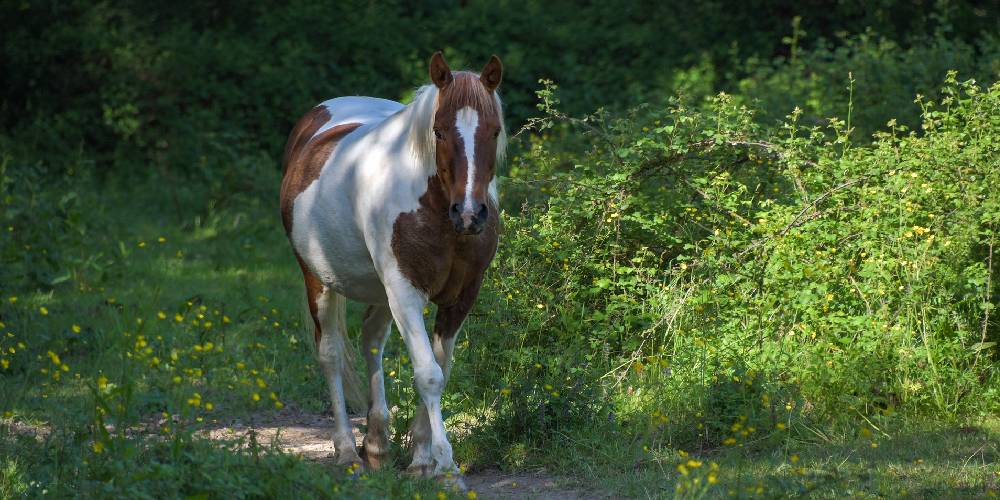
The walk, as you might imagine, is a pretty smooth gait that kind of puts your body into a rocking motion that goes back and forth over and over again. Some horses have a more level walk while others have a more rocky one.
How Do You Ride The Walk?
There are a few things that I recommend doing when you are at the walk to ride it more easily. The way to ride the walk is to:
Sit Up Tall
Just because your horse is fully relaxed doesn’t mean that you should be slouching! Make sure to sit up tall and straight and maintain good posture while on your horse (this goes for whatever gait you are riding).
Move Your Lower Body With Your Horse
If you are sitting up straight, make sure that you aren’t making yourself go rigid. You want to still have fluid motion through your whole body, especially your lower body. As your horse walks, mover your lower body and hips back and forth with your horse’s movement to put you and your horse in sync.
Look To Where You Want To Go
Similar to driving a car, you might notice that it is kind of difficult to steer if you aren’t looking where you are going. If you are driving a car and you’re looking down at your lap, the chances of losing control of the car are so much higher than if you looked to where you’re going. This goes for horses as well. If you aren’t looking up where you want to go, the chances of losing control of your horse are that much higher.
Though the walk is a relaxed and slow gait, that doesn’t mean that you shouldn’t pay attention.
Are There Disciplines Or Horse Show Classes That Include The Walk?
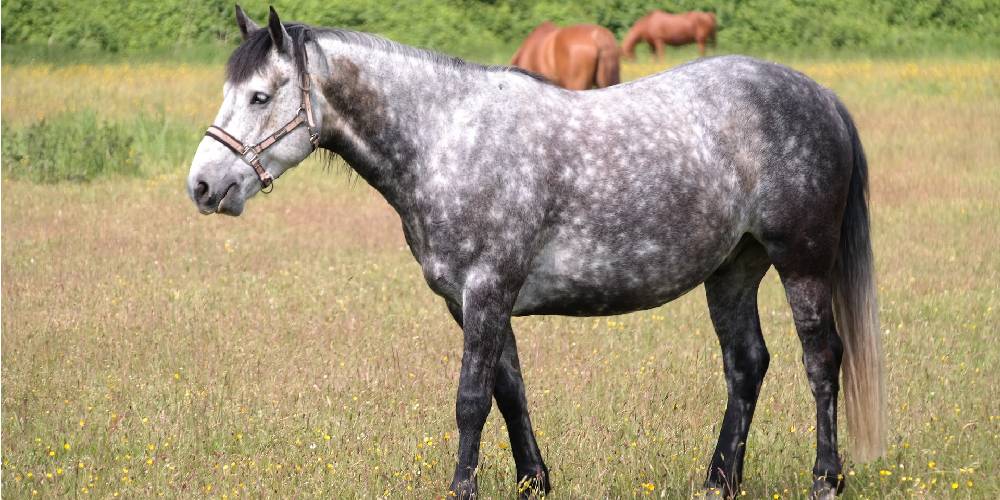
Nearly every single discipline includes walking in there at some point, but not all disciplines or classes are shown mainly at the walk. Some of these classes include:
Lead Line Classes
In a lead line class, there is a horse, a rider, and a handler. This class is only done at the walk and is done only with kids around the age of 2 to 6. The kids are dressed up as riders from all disciplines. As an example, the lead line class at the Scottsdale Arabian Horse Show includes kids dressed up as hunt seat riders, Arabian native costume riders, Western pleasure riders, and saddle seat riders.
Walk-Trot Classes
In riding classes intended for small children or beginner level riders, there are some that only allow the horses to perform the walk and the trot.
Trail Horse
In the train horse discipline, the horses are expected to go through several different motions and obstacles including ground tying, walking over poles, walking over tarps, stepping through water, and more. The trail horse classes are mainly done at the walk so the horses can safely go through all the obstacles expected of them.

